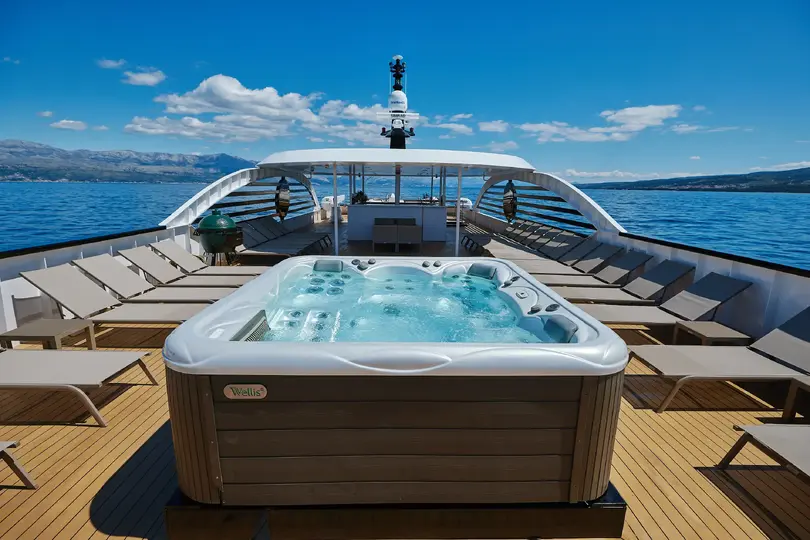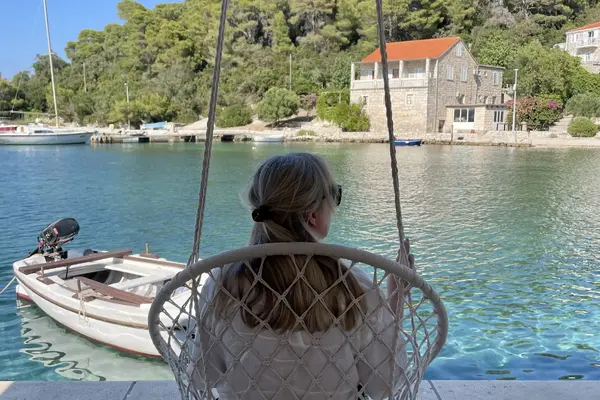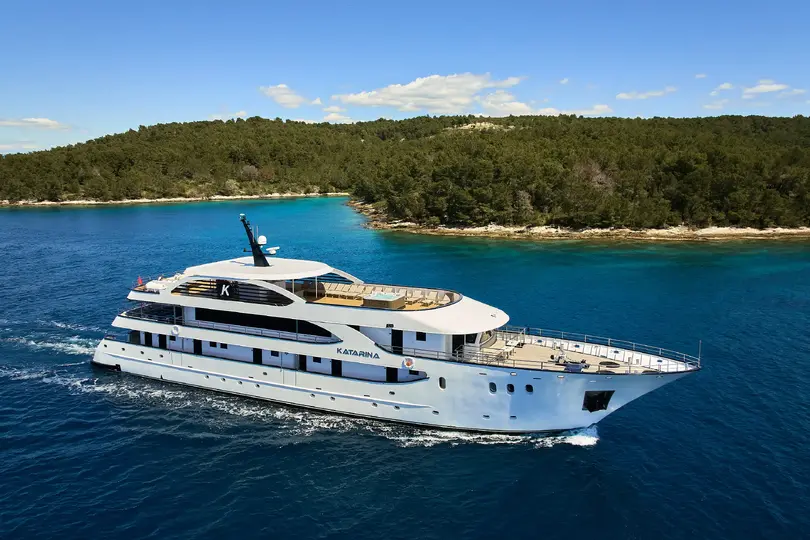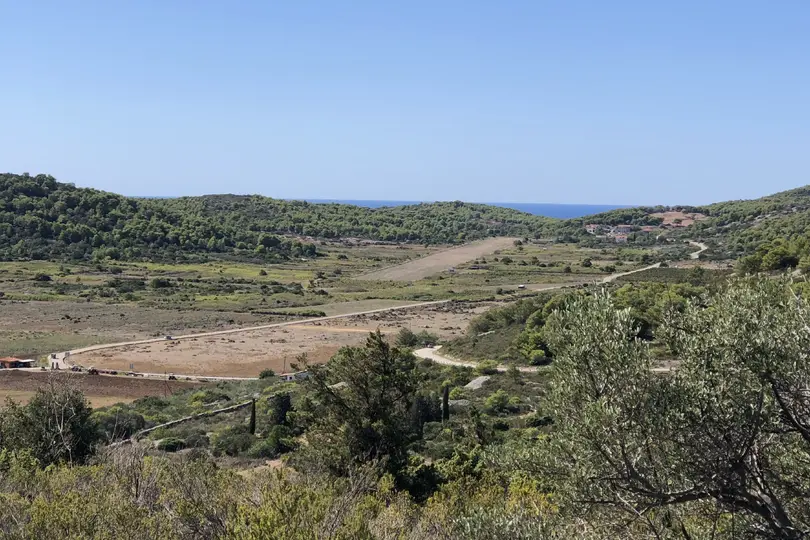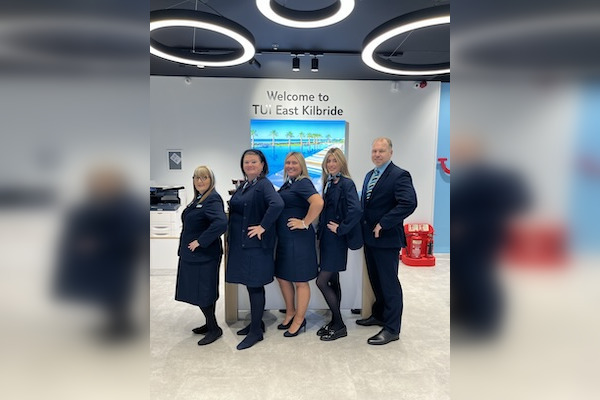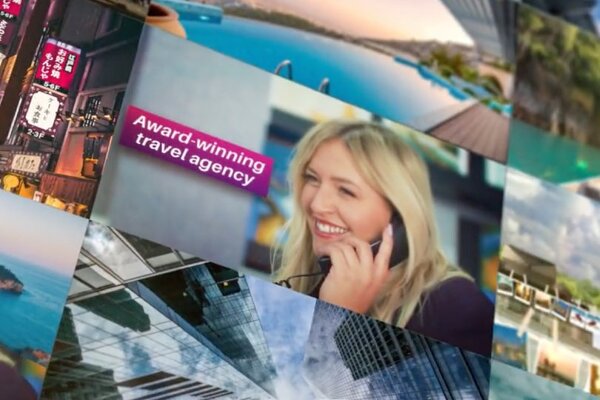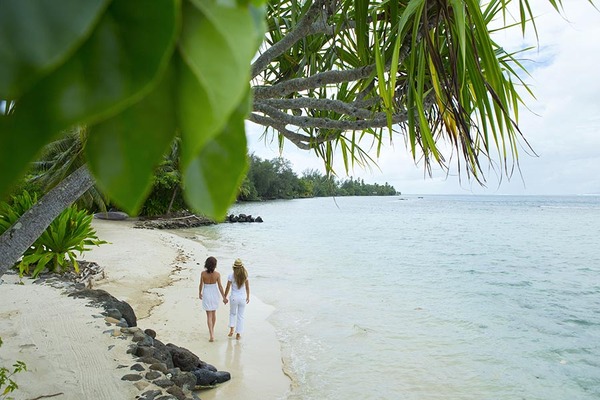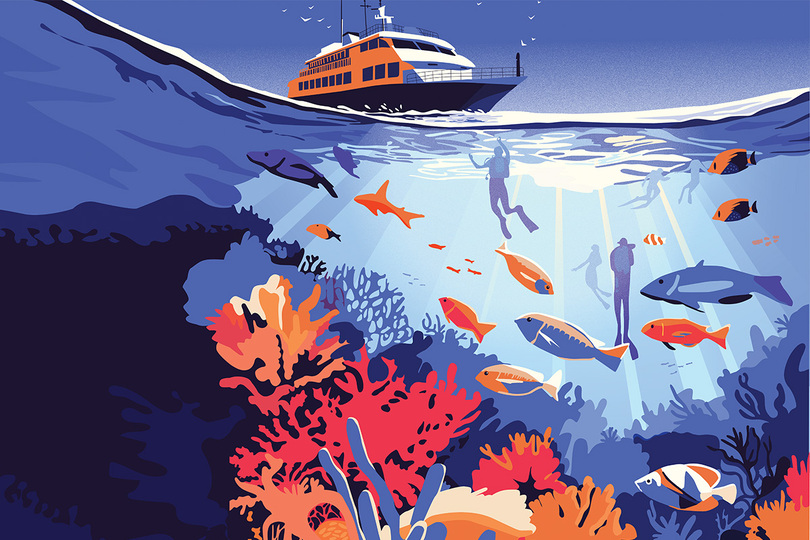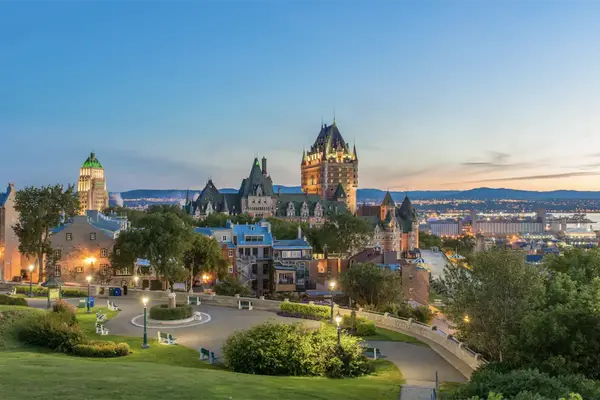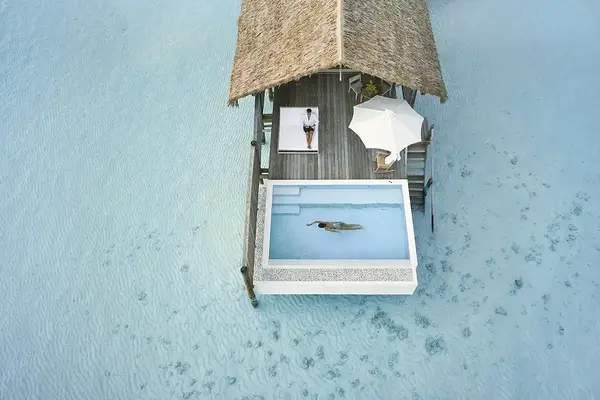This is ocean cruising, but not as your clients likely know it
Is your client hesitant about dipping their toe in the ocean cruising waters? Here’s a small-ship alternative, for exploring the Croatia coastline, that could persuade them to change their mind, says our writer
Come the summer months, the allure of blue spaces – and postcard-pretty Mediterranean islands – can be hard to resist. So when I hear about a Croatian coastal cruise stopping at some lesser-known enclaves, as well as a must-visit hotspot, the decision to pack a bag is a no brainer.
Navigating the challenges of a cancelled flight, we catch up with the already departed superyacht Katarina, en route to its first stop, Mljet island.
Our catamaran flies past the easygoing yacht. While it drops anchor for a swim stop, we’re already on shore in the tiny harbour of Pomena, accompanied by a cold drink, a ridiculously pretty frontline ocean view, and the smell of seafood lingering in the air.
It’s clear that there’s no rush, and we are more than happy to fall in line. Soon enough, Katarina arrives at the dock, and we hop on. A quick turnaround and we’re back in the village in time for sunset, followed by a low-key dinner.
Island hopping isn’t just limited to Greece and its islands – Croatia is becoming a popular alternative, with cruises on custom-made ships offering an intimate, immersive experience.
“Many of our Elegance cruise guests say that they wouldn’t book a traditional style of cruise holiday, but really enjoy exploring on a small ship,” says Helle Seuren, co-founder and director of Sail Croatia, which pays agent commission on Elegance cruises.
“This is a very different style of cruising, more akin to booking a cabin on a luxurious superyacht than a large passenger ship. If your clients are sociable and love visiting new places, a small ship cruise is worth considering.”
YACHT LIFE
Like many of the others, Sail Croatia operates on a half-board basis – breakfast and a three-course lunch is on the ship, with most dinners on shore. This gives guests the chance to reap the benefits of a hybrid holiday on both water and land.
“We want to ensure we support the ports and towns we visit along the coast,” continues Seuren. “Our clients see this as a real positive. Once we arrive in a port around lunchtime, we stay there till the following morning. There is plenty of time to explore, visit local bars and restaurants and even check out the nightlife.”
Described as a “deluxe superyacht”, Katarina is, with the exception of the cruise director Vicko Ledina, family-owned and operated, from the bar staff to captain Ivan Kalac, who affectionately calls it “a floating family house”.
Accommodating 36 guests who, on our sailing range from 20s to 60s – mainly couples and a few solo travellers – there’s a sun deck with plenty of loungers and a hot tub, a bar (drinks cost extra), dining room and shady alfresco sitting area. The atmosphere is relaxed and informal, with Vicko’s daily WhatsApp messages keeping us up to speed on what’s happening.
Our stylish lower deck cabin features two portholes with covers that can be opened, lots of storage space, air conditioning and a smart bathroom with roomy shower cubicle. It’s cosy but functional and spotlessly clean, too.
Your clients should never be bored on a coastal cruise. If, like me, jumping into the crystal-clear water is a priority, there are daily swim stops off the ship’s swimming platform, complete with paddle boards and inflatables.
The scenery is nothing short of stunning – even Vicko admits he never gets bored. “I’ve visited these places hundreds of times, and still feel joy and excitement like it’s the first time!” he smiles.
COASTAL HOPS
There’s also fun to be had on shore: excursion highlights (additional charge) include cycling around Mljet National Park; a dusty but adrenalin-fuelled buggy ride in Korcula, and a boat trip to the Blue Cave – clients will need to wake up extra early to get ahead of other daytrippers, but the pay-off is worth it – a visual assault of blue, formed by light hitting the water when the sun is at its highest point.
One of our ports of call is Vis, which was closed to the world till 1991. From military history to coastal chic, Croatia’s greenest, most remote Dalmatian island is a real under-the-radar gem.
The faded airstrip-cum-cricket pitch, used in 1944 and 1945 by Second World War British and US aircraft in distress, with matches played by troops to pass the time, is today a serene agricultural setting accommodating Vis Cricket Club, the oldest club in Europe outside of the UK to host matches.
A 15-minute drive west, the sheltered coastal harbour town of Komiza – known as the fictional town in Mamma Mia 2 – provides more familiarity: with narrow alleys and a chilled, Bohemian vibe, more locals make their living here from fishing than tourism. Further north, we dock in Hvar, said to be the sunniest place in Croatia and a magnet for upmarket visitors, party people and A-listers.
We end our journey in Split, with its old-new vibe and lively buzz – it should definitely not be overlooked for Dubrovnik. We stroll the Riva, Split’s harbourside promenade, and people watch for a while, before boarding Katarina for the last time.
I reflect on the nautical miles we’ve sailed – 300 to be exact – and one of Vicko’s anecdotes that perfectly encapsulates our time in this diverse part of the world: “The great thing about Croatia is that it’s still not overcrowded like some other Mediterranean summer destinations. Each island is different, and even if you can’t explain that difference, you just feel the energy.”
Book it: A seven-night cruise from Dubrovnik to Split on MS Katarina, departing on 5 October 2025, costs from £1,909pp (flights extra); sail-croatia.com
